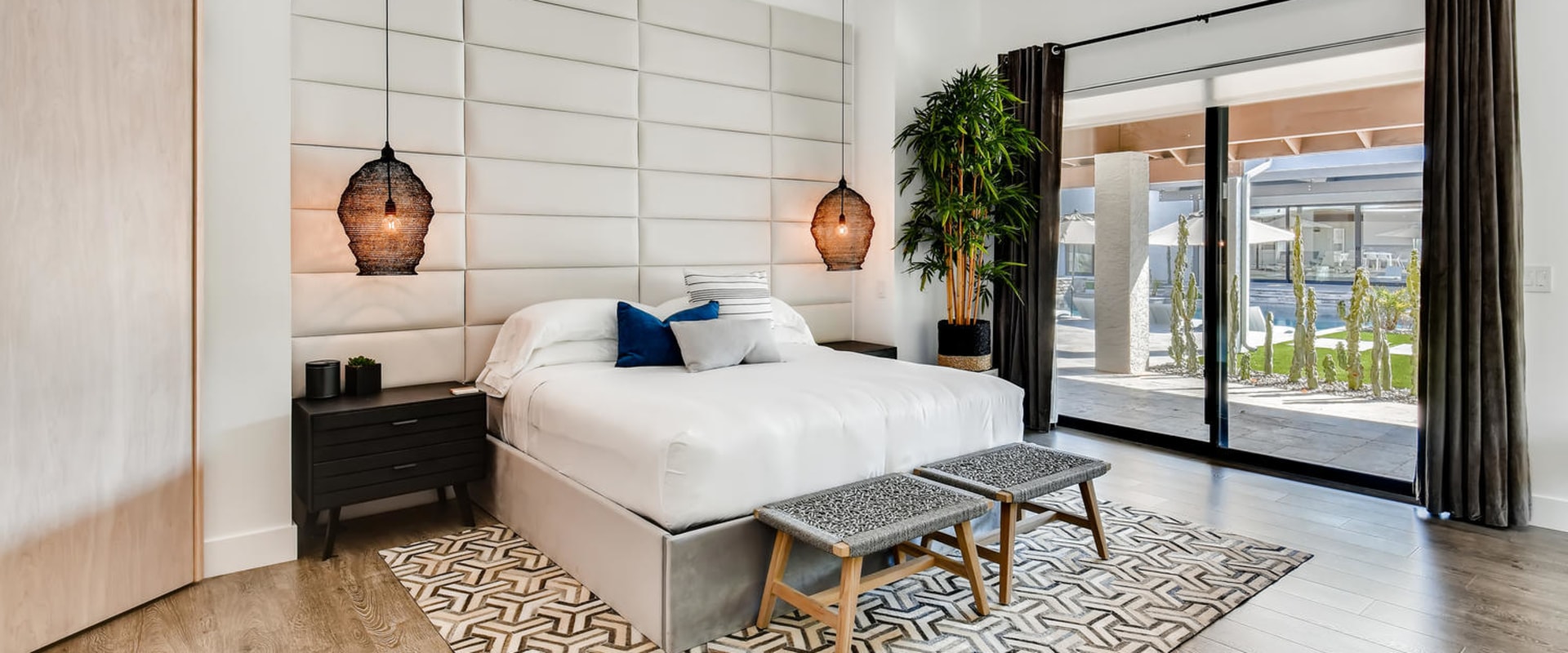In real estate, first impressions matter, and one of the most powerful ways to create a great first impression is through professional-quality photos. High-quality images can make a significant difference in how quickly a property sells and for what price, as most homebuyers start their search online. Poor-quality or poorly lit photos can lead potential buyers to overlook a property, no matter how great it may be in person. By taking professional real estate photos, you can showcase a property’s best features, draw more interest, and help it stand out in a competitive market. Whether you're a real estate agent, broker, or a homeowner looking to sell your property, mastering the basics of professional real estate photography can give you an edge.
Use the Right Equipment
One of the most important steps in taking professional real estate photos is having the right equipment. While smartphones have impressive cameras, they often lack the advanced features needed to capture the full scope of a home’s interior. A DSLR or mirrorless camera is ideal for real estate photography, as it allows you to control settings like aperture, shutter speed, and ISO to get the best results. These cameras also provide higher image quality and greater detail, which are essential for showcasing a property’s features.
In addition to a high-quality camera, using a wide-angle lens is critical. A wide-angle lens helps capture more of the room in a single shot, making spaces appear larger and more inviting. This is especially important for small rooms or properties with unique layouts. The goal is to give potential buyers a sense of space and flow, helping them imagine themselves in the home. A tripod is another essential tool for real estate photography, as it stabilizes the camera and ensures sharp, well-framed images. This is particularly important in low-light situations where slower shutter speeds are required.
Focus on Lighting
Lighting is one of the most crucial elements of real estate photography. Natural light is your best friend when photographing homes, so it’s important to schedule your photo shoot at the right time of day. Ideally, you should shoot during the late morning or early afternoon when natural light is abundant and soft. This reduces harsh shadows and creates a warm, welcoming feel in the photos. Open all curtains and blinds to let in as much light as possible, and turn on all the interior lights to brighten the space further.
If the property has areas that are still too dark, consider using additional lighting such as softbox lights or flash units. However, be cautious when using artificial lighting, as it can create unwanted shadows or distort the color of the space. Balance is key—your goal is to highlight the natural warmth and brightness of the home without overexposing or underexposing the image.
Stage the Space
Professional real estate photos are most effective when the space is well-prepared and staged. Start by decluttering the home and removing personal items such as family photos, knick-knacks, and excessive décor. A clean, neutral space helps potential buyers envision themselves in the home, rather than feeling like they’re stepping into someone else’s personal environment. Furniture should be arranged in a way that maximizes space and creates a logical flow through the rooms. Consider adding subtle décor elements like fresh flowers, throw pillows, or a neatly arranged coffee table to give the space a polished, inviting look.
In addition to staging the interior, don’t forget about the exterior of the property. The home’s curb appeal is often the first thing potential buyers see, so make sure the yard is well-manicured, the driveway is clean, and any outdoor furniture is arranged neatly. If the home has standout features like a pool, garden, or deck, highlight these in your exterior photos.
Frame Your Shots
Composition is an essential part of professional real estate photography. Proper framing can make a space appear larger, more inviting, and more functional. When framing your shots, aim to capture the room from a corner or doorway to show its full dimensions. This provides context and helps buyers get a sense of the room’s layout. Be mindful of vertical lines, such as walls and door frames, which should appear straight and not distorted. A wide-angle lens can help with this, but make sure you don’t overdo it—overly distorted images can mislead buyers and result in disappointment when they see the home in person.
Take multiple shots from different angles to give potential buyers a complete view of the space. Be sure to capture key features such as fireplaces, built-in shelving, or unique architectural details. It’s also important to shoot in a way that leads the viewer’s eye through the room, helping them visualize how the space could work for their needs.
Edit for the Best Results
After the photo shoot, the next step is editing your images to make them as appealing as possible. Basic adjustments like brightness, contrast, and color balance can make a huge difference in the final product. Editing software like Adobe Lightroom or Photoshop allows you to fine-tune your images, ensuring that each photo looks polished and professional. Be careful not to over-edit—buyers should be able to trust that the photos accurately represent the property.
Removing minor imperfections such as shadows or spots on walls can enhance the photos without altering the reality of the space. Cropping images to remove distractions and enhance the framing is another simple yet effective editing technique. High-quality editing is a vital part of producing professional real estate photos that capture buyers’ attention.
Conclusion
Taking professional real estate photos is an essential skill for anyone looking to successfully market a property. From using the right equipment and lighting to staging and editing, every step plays a role in creating images that attract potential buyers. Whether you're a homeowner or a real estate professional, mastering these techniques can make a significant impact on how quickly and effectively a property sells. For real estate investors like As-Is Home Buyer, high-quality photos can be the key to showcasing properties in their best light, making them more appealing to potential buyers and leading to faster sales. By investing time and effort into professional real estate photography, you can significantly boost your marketing efforts and stand out in today’s competitive market.







